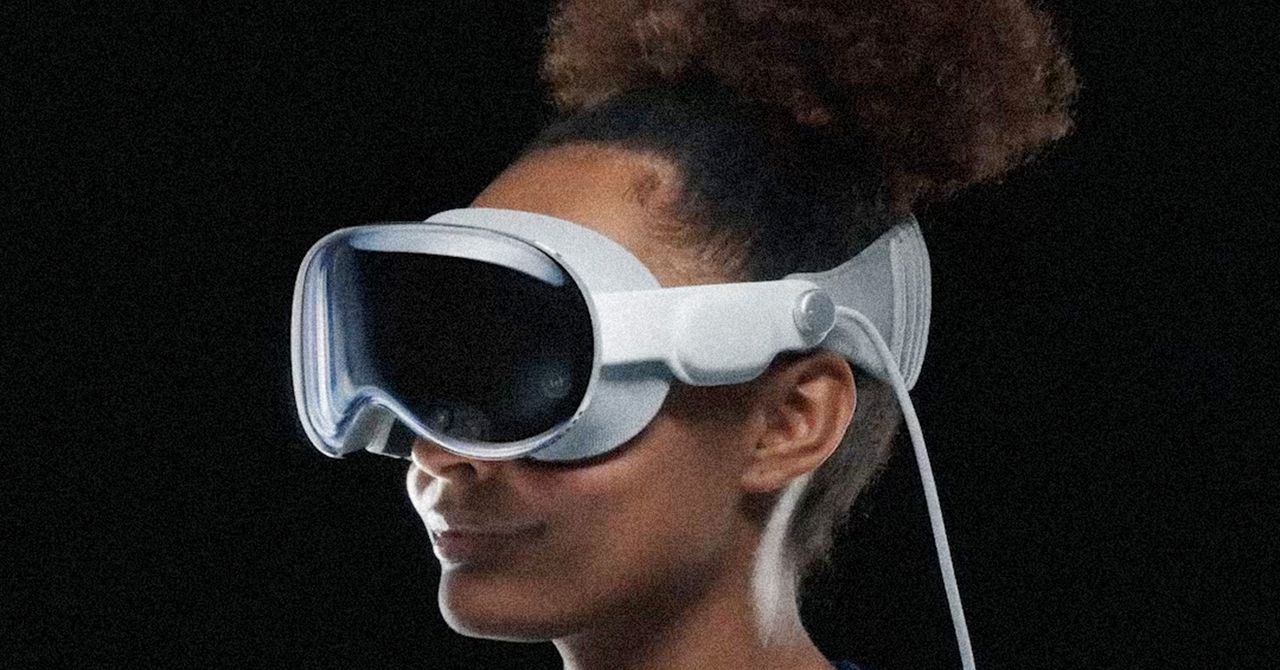Apple Shifts Focus from Vision Pro to AI‑Enabled Smart Glasses

Key Points
- Apple deprioritizes a cheaper Vision Pro in favor of AI‑enabled smart glasses.
- New smart‑glass models are targeted for launch in 2027 and 2028.
- Vision Pro sales have fallen well below one million units.
- Estimated Vision Pro program cost may be as high as $33 billion.
- Analysts warn Apple risks losing relevance in the AR market.
- Shift aims to capture the growing consumer demand for lightweight wearables.
Apple has reportedly deprioritized work on a cheaper version of its Vision Pro headset, redirecting resources toward AI‑enabled smart glasses. The move, revealed in a Bloomberg report citing internal sources, signals a strategic pivot as the company seeks to compete in a market where lighter, more affordable wearables are gaining traction. Analysts comment that Apple’s Vision Pro has struggled with price, bulk, and limited use cases, prompting the shift toward a Meta‑style smart‑glass design slated for 2027 and a higher‑resolution lens model for 2028. The decision reflects both financial pressures and a desire to stay relevant in the evolving AR space.
Background
Apple introduced the Vision Pro as a premium mixed‑reality headset priced at $3,499. While intended to showcase the company’s extended‑reality capabilities, the device has faced criticism for its high cost, bulky form factor, and limited practical applications. Sales have reportedly fallen well below the one‑million unit mark, and estimates suggest the program may have cost Apple as much as $33 billion, according to industry analysts.
Strategic Shift
According to a Bloomberg report that referenced an internal announcement, Apple has now deprioritized efforts to develop a lighter, more affordable version of the Vision Pro. Instead, the company is focusing on a new line of AI‑enabled smart glasses. The plan envisions a Meta‑style wearable launching in 2027, followed by a version featuring a display on the lens in 2028. The shift was reported by serial Apple leaker Mark Gurman.
Industry Reactions
Analysts have weighed in on the pivot. Michael Gartenberg, a former Apple marketing director, described the move as a sign that Apple feels it is “out of the conversation” for mixed‑reality devices. He warned that missing the smart‑glass market could undermine the iPhone’s relevance, as glasses could handle many tasks traditionally performed on a phone. Anshel Sag of Moor Insights & Strategy noted that Apple’s historic focus on enterprise‑grade XR may not align with the consumer‑driven smart‑glass market, emphasizing the need for higher‑resolution, higher‑quality devices.
Financial Implications
The Vision Pro’s financial performance appears to have fallen short of expectations. Analysts estimate that the program’s cost could be in the “tens of billions” of dollars, with sales figures well below the projected targets. The shift to smart glasses is seen as an attempt to recoup investment by entering a faster‑growing segment that promises broader consumer adoption.
Outlook
Apple’s pivot reflects a recognition that the market currently favors lighter, more socially acceptable wearables. While the company remains committed to its broader AR ambitions, the upcoming smart‑glass roadmap suggests a focus on devices that blend seamlessly into everyday life. Observers caution that Apple must align its product design and pricing with consumer expectations to avoid repeating the Vision Pro’s challenges.